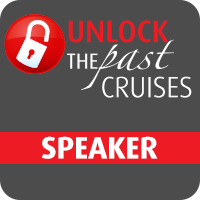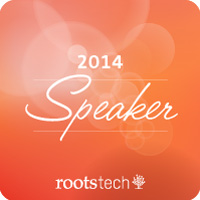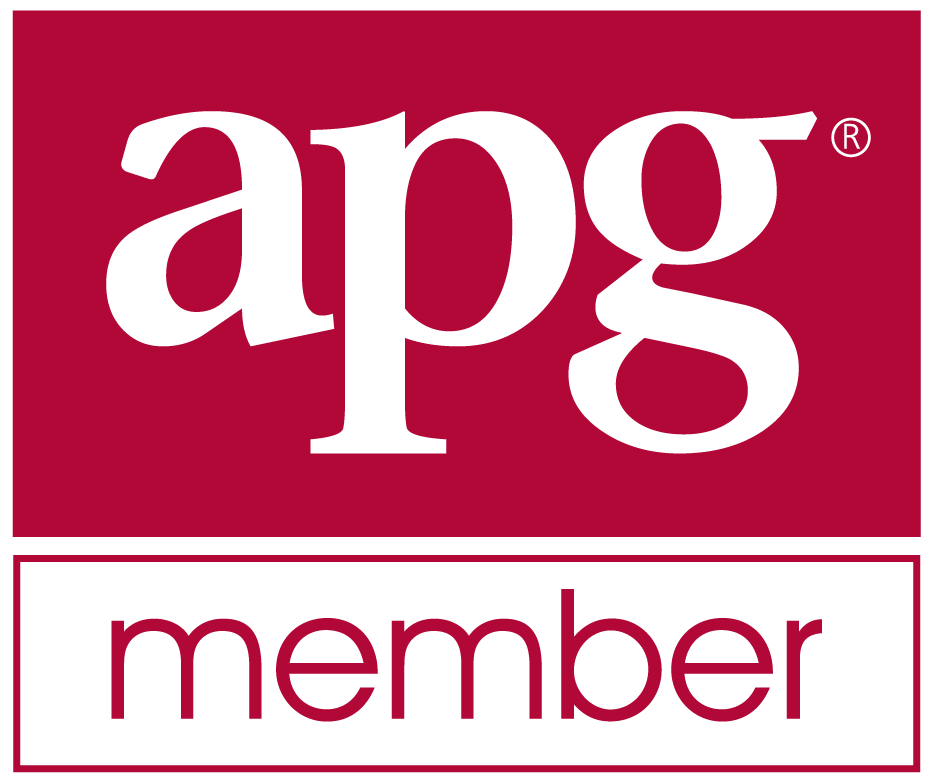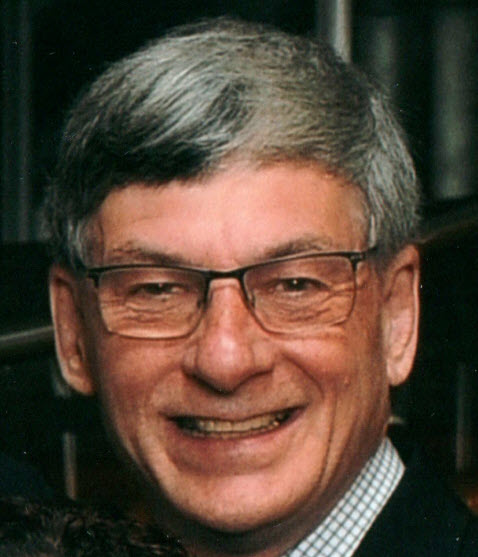The Future of Genealogy – 6 Predictions - Tue, 7 Apr 2015
There’s been a lot happening the past few years. As I’ve developed Behold, I’ve tried to stay aware of the trends in the genealogy field and the expectations of genealogists of their genealogy software.
I was very inspired by James Tanner’s blog post yesterday titled: Expanding Our View of What is Possible in Genealogical Research. James correctly says that the old way of doing genealogy that we all did 30 years ago is gone. In other words, we no longer have to travel to the library, vital statistics office, or archives and laboriously track down all the bits of information we need to put our ancestors together piece by piece. No. Technology has fallen upon us. It allows us to sit comfortably in our house on our computers and search and find more records and connect with more people and more relatives that we ever could have imagined possible.
The world has changed. Here is my expectation of what is coming:
- More Interest in Genealogy
 Companies such as Ancestry, FamilySearch and MyHeritage have been claiming tens of millions of subscribers. I’ve heard that MyHeritage is adding thousands of new users each day. Over 20,000 people were at RootsTech in Salt Lake City this year. Who Do You Think You Are and Genealogy Roadshow are now regular programming on major networks.
Companies such as Ancestry, FamilySearch and MyHeritage have been claiming tens of millions of subscribers. I’ve heard that MyHeritage is adding thousands of new users each day. Over 20,000 people were at RootsTech in Salt Lake City this year. Who Do You Think You Are and Genealogy Roadshow are now regular programming on major networks.
Why is this? Because technology has turned genealogy from a niche hobby for only the most studious meticulous researchers to one that can be done by anyone with an internet connection.
- Everything Digital
One of the most tedious tasks 30 years ago was paper, and writing up your family information, and organizing it, and storing it.
It’s becoming a digital world. Everything is getting scanned. It can be saved online, or shared in the cloud, and organized in folders and every word can be indexed so anything can be found.
Genealogy software developers are learning as well that people want/need to record their assumptions and reasoning so programs are starting to make that possible and incorporate these features. The data is digitally transferred to your smartphone so you can take it with you. Your camera, scanner, social network, online browser, cloud data and genealogy tool is becoming one device that you carry around with you wherever you go.
- Online Data and Online Trees Ad Infinitum
There are so many online repositories and so many online records, it is getting to the point that no one person has enough time in their lifetime to research all there is about their family.
The online services now give you smart matches or similarly-named tools that match your data to potential family trees or records that may or may not be pertinent to you. You can easily get 10,000 of these “hints” thrust upon you. If you take only 10 minutes to thoroughly review, assess and if necessary incorporate the results of each smart link into your research, that will only take 2,000 hours of your time. By then, you’ll likely have 20,000 new links to check.
This is obviously unmanageable and cannot persist. It means that new tools will be coming to identify and make the dissemination of this information easier. (I’m thinking deeply about this)
- Down with Standards. Up with APIs
I’ve been a supporter for years of both the BetterGEDCOM and FHISO initiatives for a new genealogy data communication standard. But I’m now feeling the effort will not get anywhere unless it completely changes its emphasis.
We don’t want to transfer just data anymore. We want to connect the information available at the online repositories and online services to what we have and make corrections, add conclusions and connect the conclusions to their evidence. In other words, we want our data AND our reasoning AND the evidence behind our reasoning to transfer and connect seamlessly with the online resources.
I really think AncestorSync had the right idea. Connect to everything. Use the Application Programming Interfaces (APIs) of each company to connect your data to theirs. Hide the details of the API from the user and make it seemless to the user. It should just work like magic. Unfortunately, the implementation of that idea was much harder than the even the very smart people at AncestorSync thought, and the effort was abandoned.
But it’s starting again. RootsMagic is connecting to MyHeritage and FamilySearch. FamilySearch has partner sites who interact with its data. And other sites are building public APIs as well.
Once there is a company big enough that connects to everywhere by linking to all these APIs, it will becomes hugely popular, and the genealogical world will take another giant leap.
- My Data / My Research
The concept of one world tree is fine. The concept of individual linked trees is also fine. Each has advantages and disadvantages.
But everyone wants/needs to separate out the data that they “know” is true from all the other stuff/junk/conjecture/miscellanea that Joe Blow has put up on some online site. We want to know exactly what we have personally examined and verified and concluded.
So there is still an extreme need for personal genealogy data. The best place for that is still and will always be on your own personal computing device so you can ensure that no one else will update or tamper and destroy what you worked so hard to produce. So desktop software is not dead and will never be (at least until the desktop itself dies).
All you’ll need is that magic API program from #4 and you’ll be set.
- Genetics and DNA
The elephant is in the room. The technological advances that made DNA testing affordable to the masses in the past 10 years has taken the world by storm. Millions of people have been tested at several different testing companies and a whole new science of genealogy has been born.
It is really unbelievable what you can do with DNA results when a company has a million other tested people you can compare with. Genealogists are in the “still trying to figure this out” phase, but it’s really simple when you think about it.
You have two genealogies. There’s your traditional genealogy of whom you, your relatives and the records think your ancestors were. Then there’s your genetic genealogy that says who your genetic ancestors were. These two genealogies are not the same. They may not even be close. The rate of genetic NPE (Not the Parent Expected) has been estimated at between 1% and 3% or higher. By the 6th generation, half the ancestors in your genetic tree might not be who you thought they should be.
Genealogy will, by necessity, evolve so that people realize they have multiple ancestries, and will want to trace both their traditional family and their genetic family. People have to smarten up first and realize that there’s a reason why your grandfather does not have a DNA match with you. So don’t promote DNA research through your family until you are absolutely sure no one will get hurt by it!
But this DNA thing is phenomenal. Take it. Embrace it. Use it if you dare.



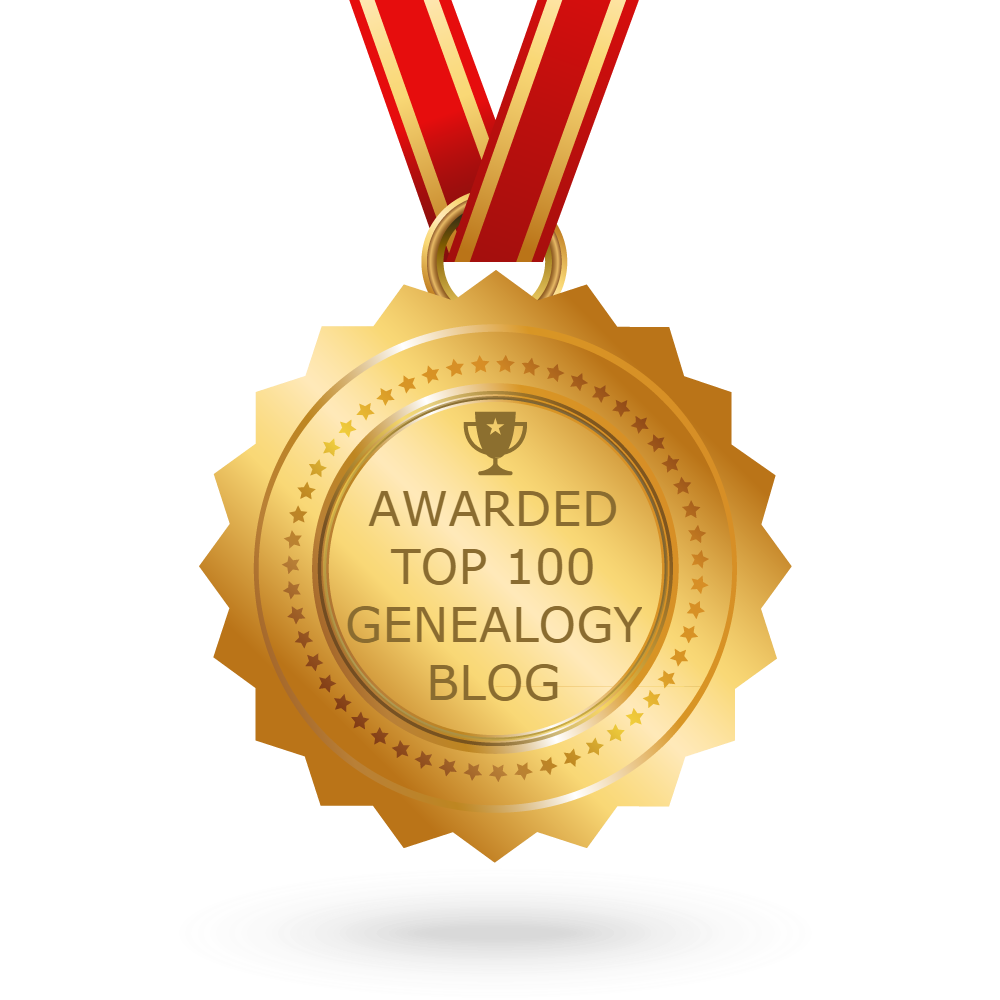 Feedspot 100 Best Genealogy Blogs
Feedspot 100 Best Genealogy Blogs
